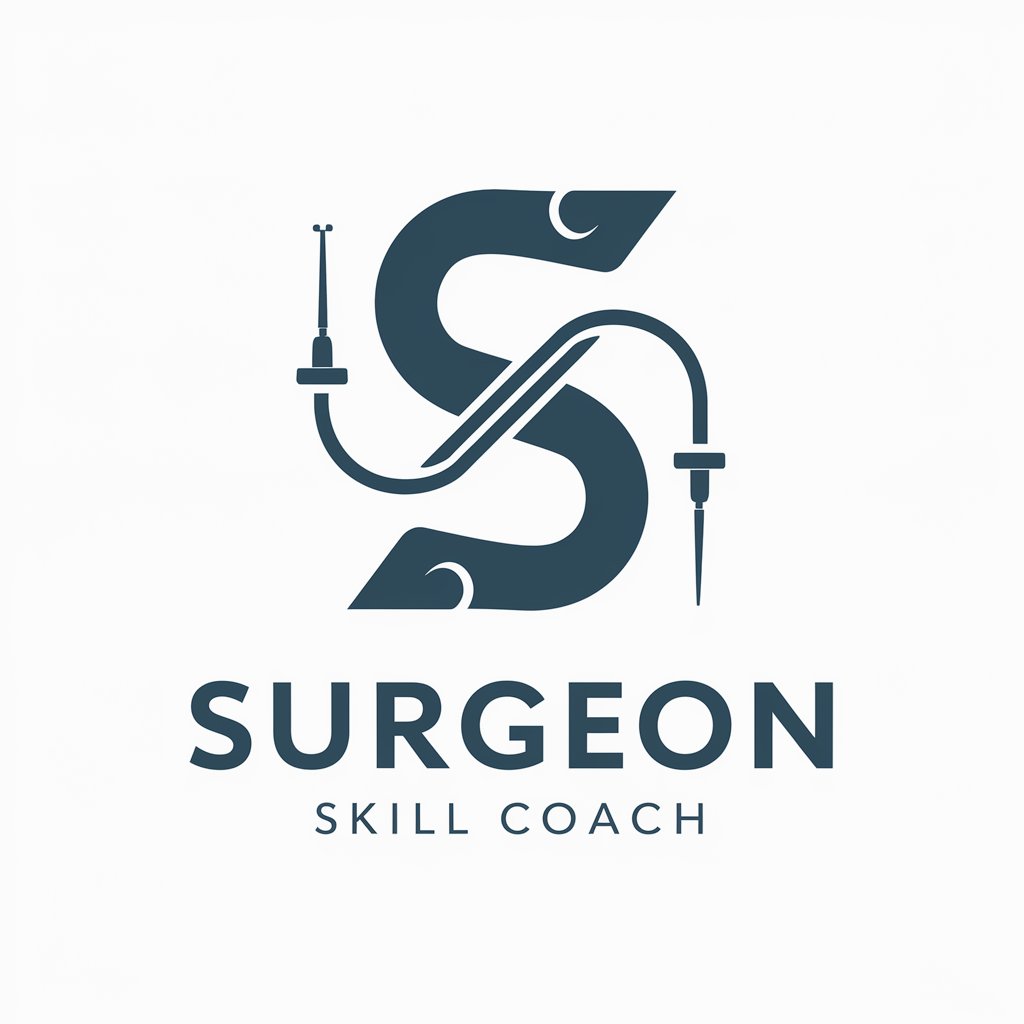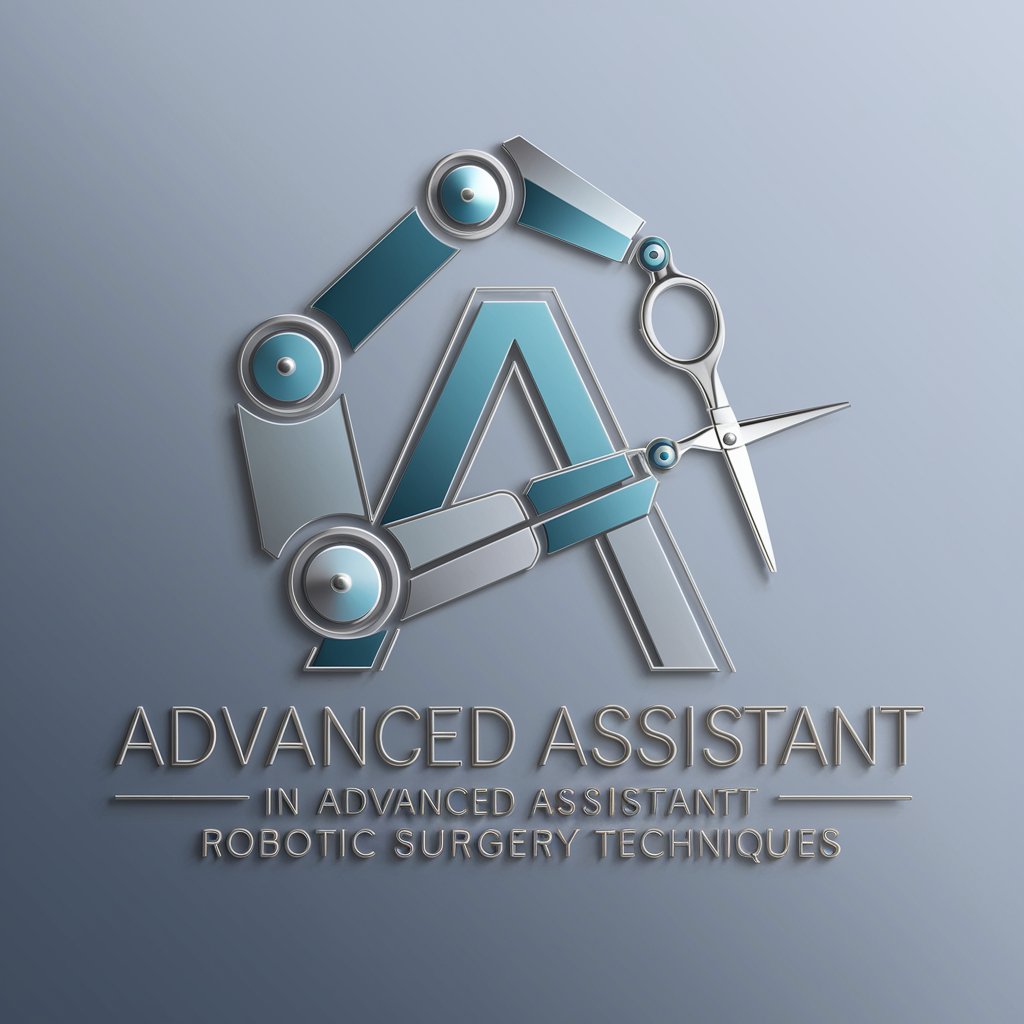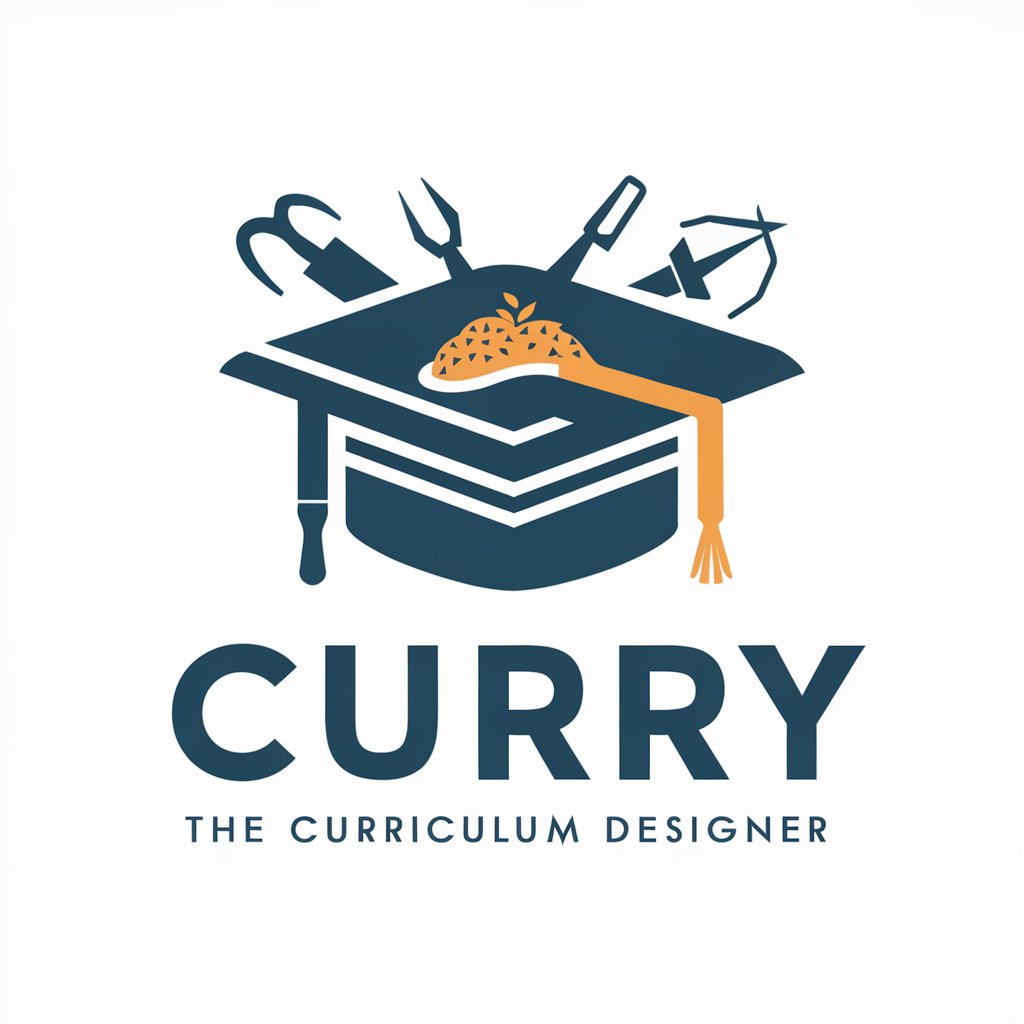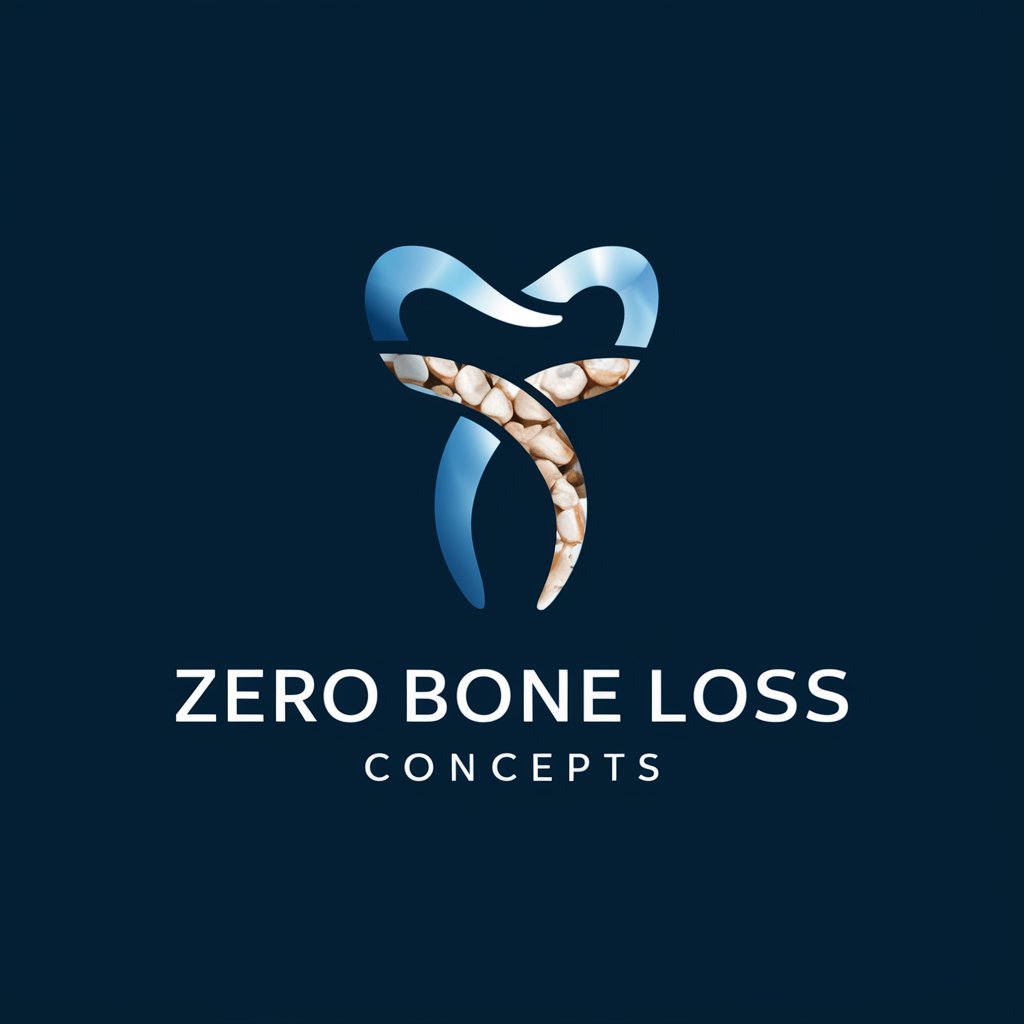4 GPTs for Surgical Training Powered by AI for Free of 2025
AI GPTs for Surgical Training are advanced artificial intelligence models specifically designed to enhance surgical education and training. Leveraging the capabilities of Generative Pre-trained Transformers (GPTs), these tools offer a tailored educational experience, simulating a wide range of surgical scenarios and providing real-time feedback. They play a pivotal role in preparing medical professionals by mimicking complex surgical procedures, thereby facilitating a hands-on learning experience without the risks associated with actual surgery.
Top 4 GPTs for Surgical Training are: Orthopaedic Surgery Coach,Robotic Surgery Technique Refiner,Curry the Curriculum Designer,Zero Bone Loss Concepts
Orthopaedic Surgery Coach
Empowering Surgeons with AI-driven Guidance

Robotic Surgery Technique Refiner
Empowering Surgeons with AI-Driven Precision

Curry the Curriculum Designer
AI-powered Curriculum Development for Surgical Education

Zero Bone Loss Concepts
Ensuring Stable Bone Around Implants

Key Attributes and Capabilities
AI GPTs for Surgical Training are distinguished by their adaptability, simulating everything from basic surgical knots to complex procedures. These tools can generate detailed surgical scenarios, provide step-by-step guidance, and offer corrective feedback. Special features include language understanding for processing surgical terminology, technical support for hardware integration (e.g., VR headsets), web searching for latest surgical techniques, image creation for anatomical illustrations, and data analysis capabilities for performance assessment.
Intended Users of Surgical AI Tools
These AI GPTs are invaluable for a wide array of users, from medical students and surgical novices to experienced surgeons looking to refine their skills. They are accessible to individuals without programming knowledge, offering intuitive interfaces and guided tutorials. For those with coding skills, these tools provide extensive customization options, allowing for the development of specialized training modules tailored to specific surgical fields or procedures.
Try Our other AI GPTs tools for Free
Case Planning
Discover how AI GPTs revolutionize Case Planning with tailored solutions, enhancing strategic decision-making and efficiency for professionals across domains.
Cluster Optimization
Discover how AI GPTs revolutionize Cluster Optimization, offering dynamic resource management, predictive analytics, and user-friendly interfaces for optimal computing performance.
Archaeological Exploration
Discover how AI GPTs are revolutionizing Archaeological Exploration, offering advanced tools for site prediction, text analysis, and artifact recognition.
Jewelry Design
Discover how AI GPTs for Jewelry Design are revolutionizing the industry, offering creative solutions, streamlined processes, and unparalleled customization options for designers.
Gem Identification
Discover AI-powered Gem Identification tools, leveraging advanced GPT technology for accurate, efficient gemstone analysis. Ideal for professionals and enthusiasts alike.
Gemology Education
Discover the future of gemology education with AI GPTs, your gateway to interactive learning, advanced analysis, and personalized educational journeys in the fascinating world of gemstones.
Further Perspectives on AI-Driven Surgical Education
AI GPTs for Surgical Training represent a significant leap forward in medical education, offering scalable, personalized learning experiences. Their user-friendly interfaces and integration capabilities with existing systems underscore their potential to revolutionize surgical training, making advanced education more accessible and effective.
Frequently Asked Questions
What exactly are AI GPTs for Surgical Training?
AI GPTs for Surgical Training are artificial intelligence tools designed to simulate surgical procedures for educational purposes, using advanced algorithms to provide a realistic and interactive learning environment.
How do these tools simulate surgical procedures?
They use generative AI to create detailed, realistic scenarios of surgical procedures, providing visual and textual guidance throughout, and can integrate with VR for immersive experiences.
Can non-programmers use these AI GPT tools effectively?
Yes, they are designed with intuitive interfaces that require no programming knowledge, making them accessible to all users interested in surgical training.
What makes AI GPTs suitable for experienced surgeons?
Experienced surgeons can use these tools to practice complex procedures, stay updated on the latest techniques, and refine their skills in a risk-free environment.
Are there customization options for specific surgical specialties?
Yes, users with programming skills can customize the training modules to focus on particular areas of surgery, tailoring the experience to specific specialties.
How do these AI tools provide feedback?
They analyze the user's actions during simulations and provide real-time feedback, including corrective advice and performance assessments.
Can AI GPTs for Surgical Training integrate with existing educational curriculums?
Absolutely, they are designed to complement existing surgical education curriculums, providing an additional layer of practical experience and interactive learning.
What future developments can we expect in AI GPTs for Surgical Training?
Future advancements may include more sophisticated simulations, integration with augmented reality for enhanced realism, and personalized learning pathways based on individual performance and needs.